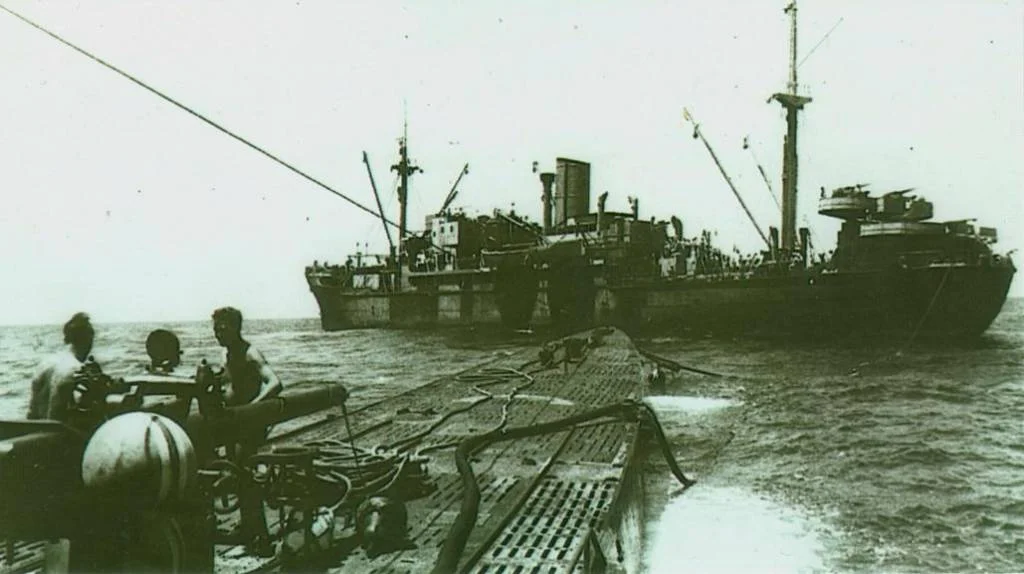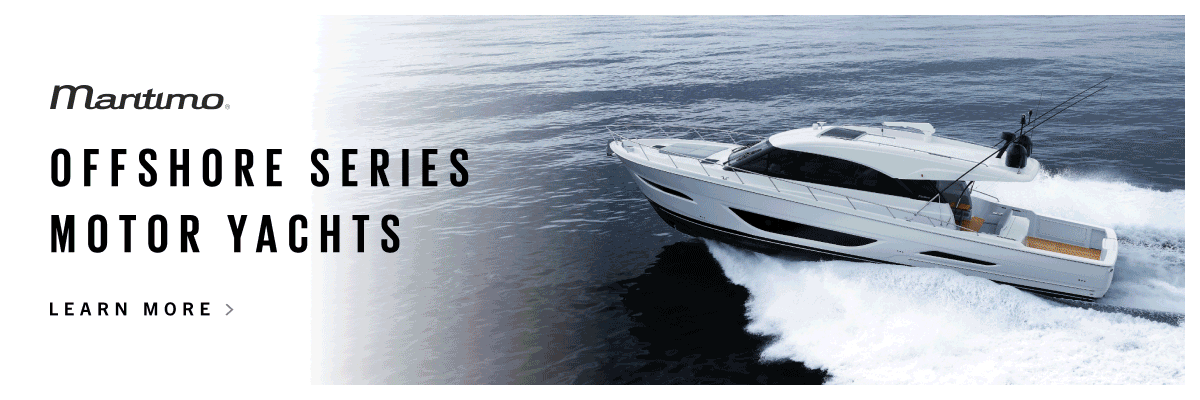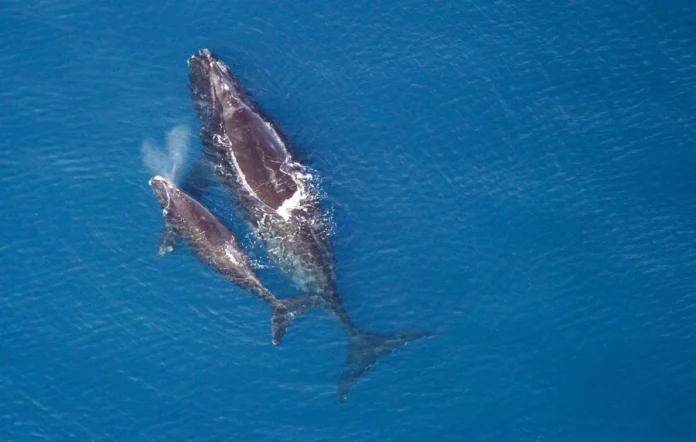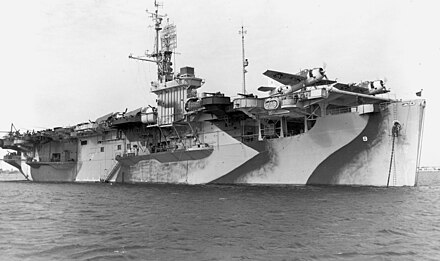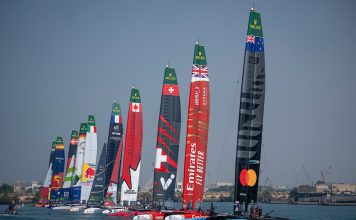The Role of MV Python in the Kriegsmarine Supply Network
MV Python was a critical component of the German naval strategy during World War II. Functioning as a replenishment ship, it provided fuel, food, and munitions to U-boats, enabling them to sustain prolonged operations far from European waters. These supply vessels were essential for maintaining Germany’s maritime presence in the South Atlantic and beyond, offering lifelines to submarines that wreaked havoc on Allied shipping lanes.
Python’s mission came at a time when the Kriegsmarine was increasingly stretched thin, and the loss of any supply capability posed significant challenges.
The Interception by HMS Dorsetshire
HMS Dorsetshire, a powerful heavy cruiser of the Royal Navy, was patrolling the South Atlantic to counter German naval activity. Dorsetshire’s crew spotted the Python approximately 1,150 miles west of South Africa, recognising it as a critical Axis supply vessel. Despite Python’s attempts to evade capture, it was clear the ship was no match for the heavily armed British warship.
Realising the futility of resistance, Python’s captain ordered the ship to be scuttled. The crew detonated explosives onboard, sinking the vessel to prevent it from falling into Allied hands. While the scuttling denied HMS Dorsetshire the opportunity to seize valuable intelligence or supplies, it represented a significant strategic loss for Germany.
A Blow to the U-Boat Campaign
The destruction of MV Python deprived the Kriegsmarine of a vital supply node, hampering the operational range of its U-boat fleet in the South Atlantic. The Allies had already begun to adapt to the threat posed by German submarines, developing countermeasures such as improved convoy tactics and long-range patrols. Cutting off logistical support to the U-boats further eroded their effectiveness.
This event highlighted the growing Allied dominance in the Atlantic, where British naval forces were increasingly successful in hunting down Axis supply vessels and disrupting their operations.
The Human Side of the Encounter
Following the sinking, Dorsetshire rescued survivors from Python, demonstrating the Royal Navy’s commitment to humanitarian principles even in the midst of war. Approximately 300 German sailors and U-boat crewmen were saved and taken as prisoners of war. The incident also underscored the shared humanity of sailors on opposing sides, as Dorsetshire’s crew treated the survivors with dignity.

A Turning Point in Maritime Warfare
The scuttling of MV Python marked a critical moment in the Battle of the Atlantic, showcasing the importance of logistics in sustaining naval campaigns. By targeting supply chains, the Allies gained a strategic edge that would eventually help turn the tide of the war at sea.
The loss of Python was a blow to Germany’s naval operations, reflecting the increasing vulnerability of its U-boat fleet as Allied forces gained momentum. For Britain, it was a demonstration of the Royal Navy’s resolve and effectiveness in protecting critical shipping routes and curbing Axis ambitions on the high seas.








